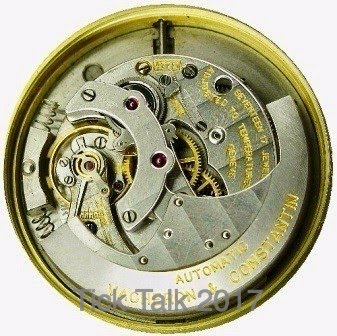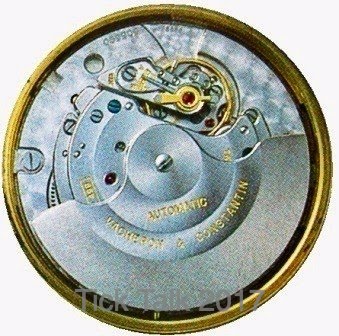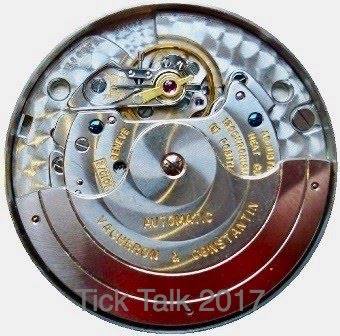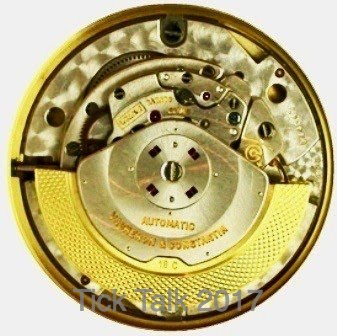I do not have many Vacheron & Constantin watches as firstly, these were quite rare with very little information or books written. Secondly, they are expensive watches. This is my second Vacheron & Constantin watch. My first one was a Mystery dial, 1950s Vacheron & Constantin/LeCoultre Diamond “Galaxy” Mystery Dial in White Gold bought in 2011 in Hong Kong. The Diamond “Galaxy" Mystery Dial dress watch was a joint venture between LeCoultre and Vacheron Constantin and the dial has LeCoultre branding while the back case has Vaecheron & Constantin written. What has attracted me is the special enamel dial and the relatively big size at 36mm (considered big during the 1960s). As a watch collector, besides Patek Philippe, one would have at least one Vacheron & Constantin as it is one of the brand with nice history and heritage.
I hope to find one more Vacheron & Constantin in white gold automatic to match this and form a small collection.
The Old Vacheron watch did
not have the Maltese cross logo at the dial, and the 1960s-70s has the Vacheron
"&" Constantin wording. Later models only has Vacheron
Constantin, without the "&". Moreover, the early 1960s dial
were made of Enamel (烧青盘) where
the dial has to undergo high temperature treatment. The watch is a good size to wear (36.5mm) and is considered large as the average size of watch then was 30mm-33mm. I hope to find another Vacheron & Constantin in White gold to match it.
Please see the evolution of movements information from the internet:
V&C’s first automatic
wrist watch was introduced in 1951, the 12-ligne bumper-winding caliber 477
with central seconds. Like all of their
calibers since 1938, it was based upon a rough-finished ebauche from their
movement supplier Jaeger LeCoultre

cal. 477
Their first rotor-winding calibers appeared in 1954. Based on movements developed exclusively for V&C, caliber 498 featured subsidiary seconds at 6 o’clock while caliber 499 had central seconds. They were 0.75mm thinner than the 477 bumpers, with rotors running on four hidden steel bearings located close to the center pivot.

cal. 498/499
Further evolution of the 498/499 led to V&C’s first bidirectional-winding automatic in 1956, the caliber 1019 with central seconds; replacing the 498/499 after only two years in production.

cal. 1019
The 1019 was followed by a new design in 1959, the familiar caliber 107X family. Calibers 1070 and 1071, like the 498/499, featured sub-seconds and central seconds respectively. Their distinctive guilloche gold-segment rotors displayed four ruby rollers. While the diameter remained the same as the 498/499, the overall height increased by 0.10mm.











No comments:
Post a Comment